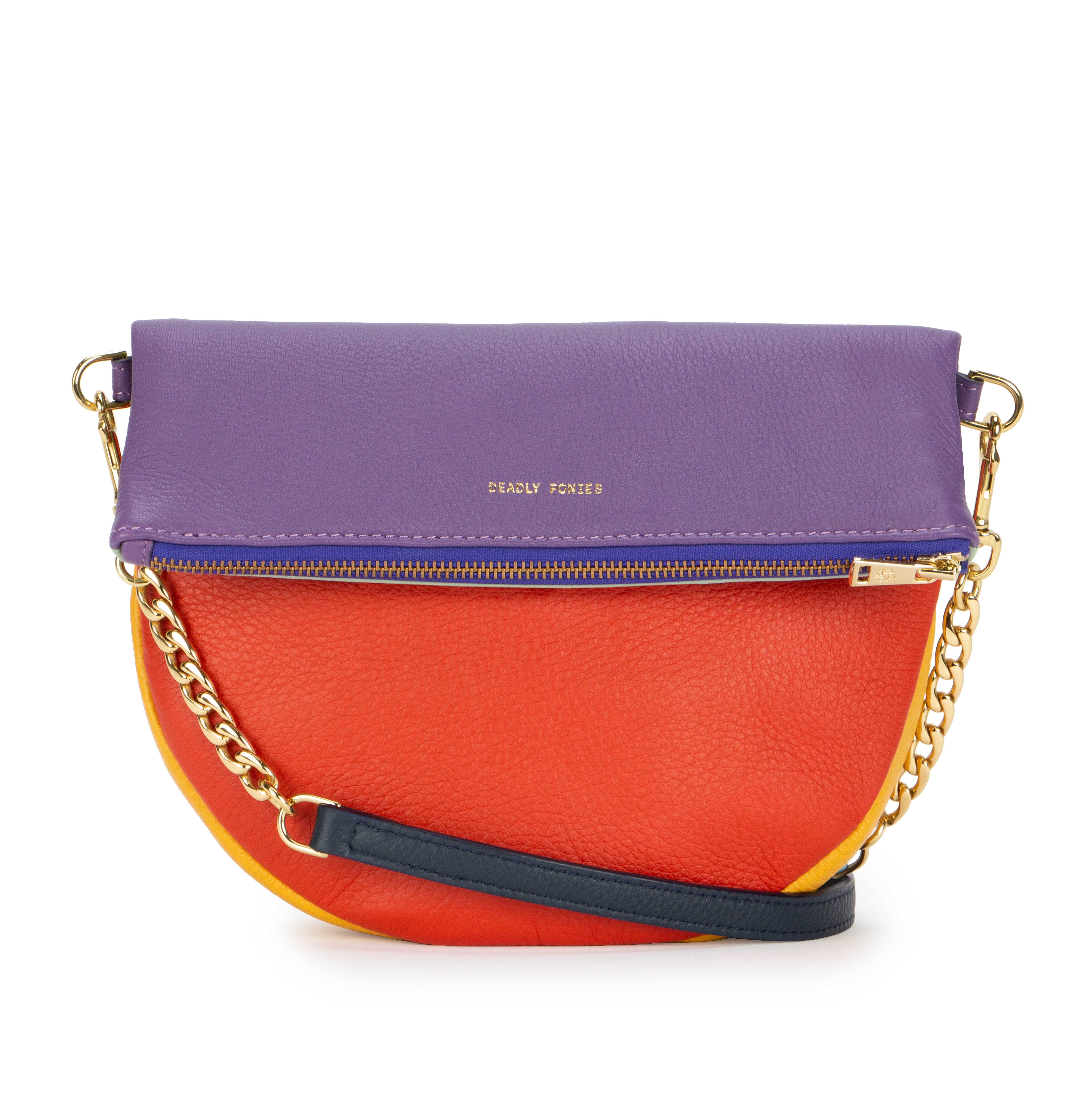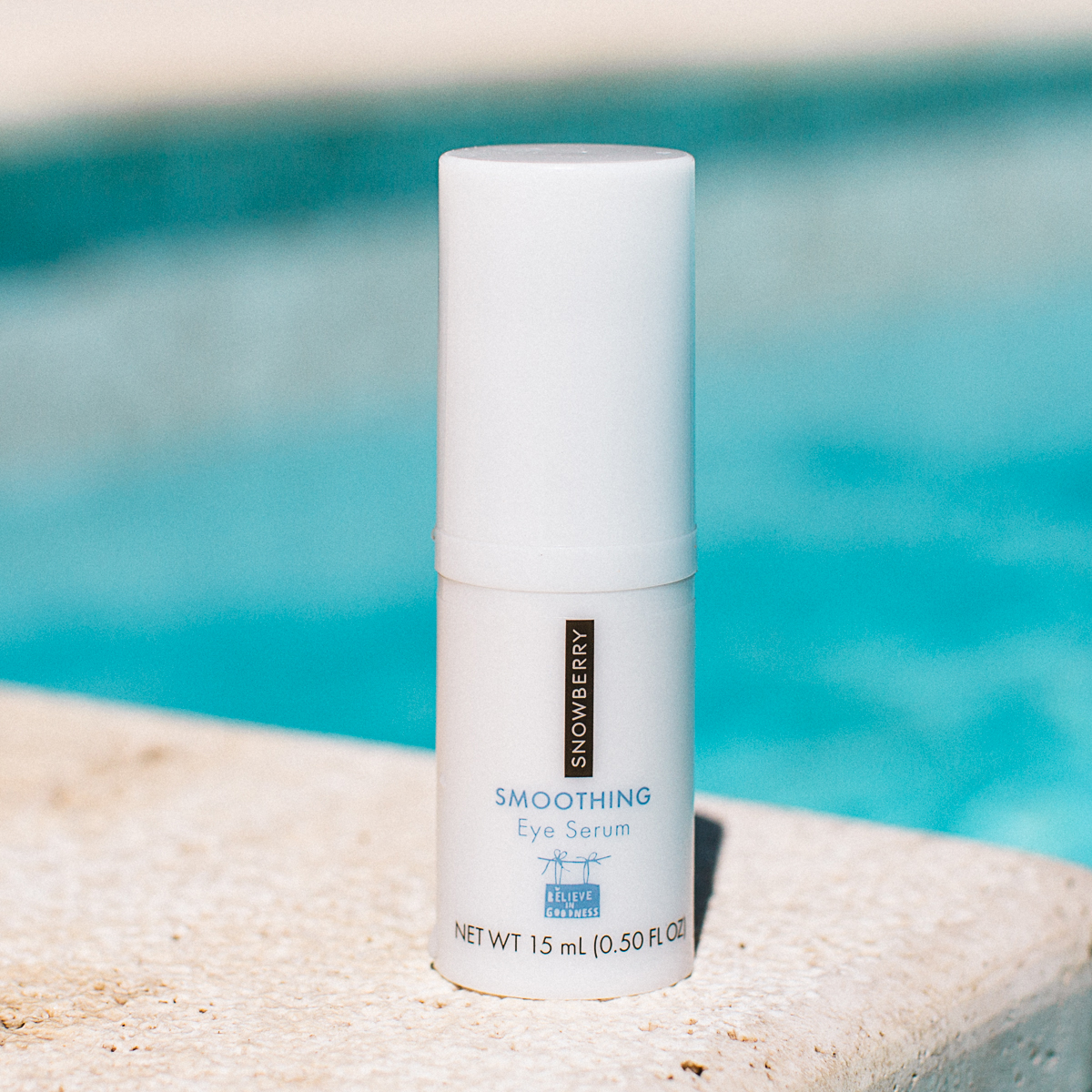What’s making a splash in the world of sun protection
Words Pamela McIntosh
As the golden sun comes out to play so do the warnings about protecting our skin from its damaging rays. Sunscreens have come a long way since zinc oxide was used as a ‘block’ in the 1920s after Australian dermatologist Norman Paul warned the public about the association between skin conditions and sun exposure. Fast forward nearly a century and most of us know to look out for ‘broad spectrum’ sunscreens – those that protect against both UVA – which penetrate deep into the dermis and cause premature ageing, and UVB rays – the ones that cause sunburn and skin cancer. But as consumers become more aware of how skincare products are made, and ultimately what ingredients get absorbed into their skin, the shift towards mineral sun protection has gained momentum.
Zinc oxide, along with titanium dioxide, remain the most common active ingredients of choice for those wanting a mineral-based sunscreen, and ingredients of a less ‘chemical’ nature. President of the New Zealand Dermatological Society, Professor Amanda Oakley, says they stack up pretty well against their chemical counterparts. “Chemical agents that absorb or filter UV
are more effective, more stable, and more cosmetically attractive than reflective agents,” says Dr Oakley, “However agents we used to think of as purely reflective agents (such as zinc and titanium) also absorb UV – so there isn’t a clearcut difference.”
Techie tip: download the UV2Day app. A daily UVI (ultra violet index) which indicates levels of skin damage that can occur during the day.
Sunscreen innovation is an ever-evolving space as you’ll see here, but the point is that whether by education or by lathering on product – it’s good to be well covered.
The news on nanoparticles
Nanoparticles are whole particles that have one dimension that measures 100 nanometres or less (far, far smaller than a human hair). They are found in medicines and products and the idea is that they make some ingredients – like zinc and titanium which can be white in colour or thick in consistency – nicer to use. “The concern around nanoparticles is that they might be absorbed through the skin into the bloodstream,” explains Professor Oakley. “But if they are, the immune system can usually cope fine and to-date, no toxic effects have been seen in humans.” The Journal of Research in Environmental Science and Toxicology reports that these tiny particles could in fact be harmful to sea creatures; they could disable the defence mechanisms that protect their embryos.
Breast really is best
Founder of Christchurch-based Oasis Beauty Stephanie Evans heard at the recent Sun Protection and Anti-Ageing Skin Care Conference in Asia that breast tissue is being used as a test surface for skincare ingredients. “Scientists have found a way to keep excess tissue from breast reduction patients alive for up to six weeks!” says Evans. “In Europe they are using this tissue to test how the skin reacts to certain ingredients.”
Tomatoes take on a new role
While tomatoes appear most at home in a salad, studies suggest that lycopene, the natural red pigment that colours the juicy red fruit may provide some defence from sun damage. “The lycopene in tomatoes may help to protect the skin,” says Evans. “This is currently being tested internationally, and testing is showing that the recommended amount (1.5 teaspoons of tomato puree) equals a 30 per cent increase in skin protection.”
Dr Jack Ferguson, Sun Protection and Cosmetic Advertising Claims Expert from UK-based organisation Skinnovation agrees with the findings, but suggests caution because lycopene is not a complete protection. “Lycopene does not block the rays but interferes with the damage process to minimise the effect of sun damage,” explains Dr Ferguson. Professor of Molecular Dermatology Mark Birch-Machin from Newcastle University in the UK sums up the situation pretty well: “While tomatoes will not make you invincible in the sun, it may be a useful addition to sun protection along with sunscreen, shade and clothing.”
Enter infrared
Infrared hasn’t been high on the radar until now, and while it doesn’t cause UVB damage, it definitely contributes to UVA damage – and ageing is a hot issue. “People may not realise that infrared is one of the main causes of ageing of the skin,” says product development associate for Swisse skincare, Selina Mithin. “It’s 54 per cent of the solar light spectrum and the infrared A rays in particular can penetrate into the skin and break down collagen and elastin – the parts of your skin that provide structure.
Application 101
Experts say we should apply SPF every day – even the gloomy ones. “In the lab they test sunscreen as a thick layer to determine the UV rating,” says Evans, “Whereas when people use sunscreen they rub away the product until it’s invisible, which in effect can halve the product’s protection. The skin has dips and troughs and with seven passes over the skin, all the dips and troughs should be completely covered,” she explains. “Allow 10-15 minutes for the product to blend into your skin.”







